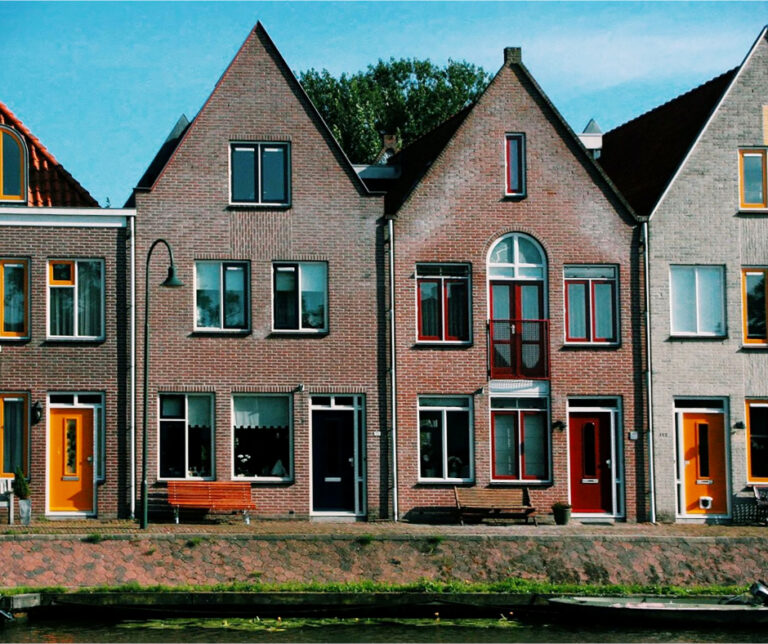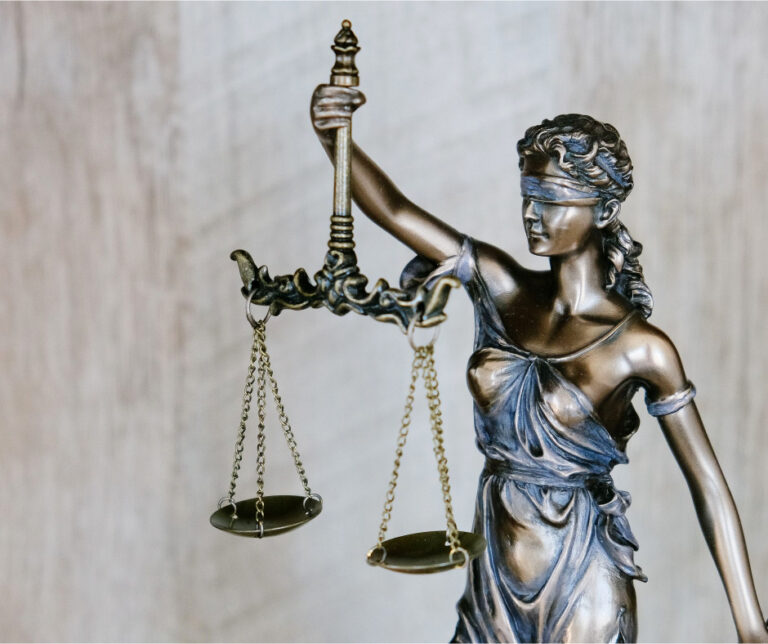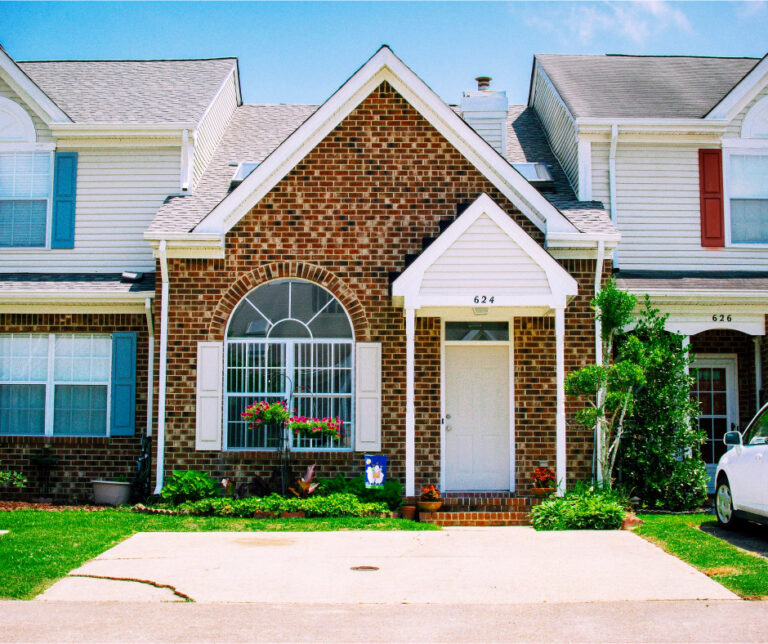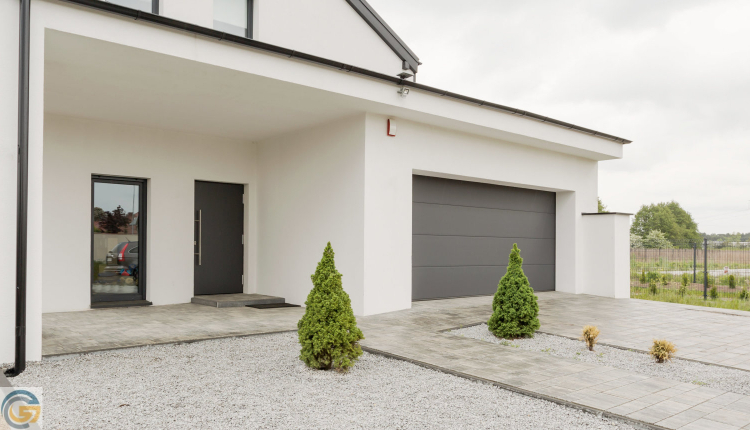This guide covers how seller concessions work for buyers and sellers. Most clients at Gustan Cho Associates do not pay closing costs out of pocket. Closing costs are normally paid for with a seller concession by the home seller. Each home mortgage program has its cap on the maximum seller concession the home seller can contribute. Closing costs are not a set amount. Closing costs depend on the property’s location, type of property, loan size, origination charges of the lenders, discount points, and other third-party costs and fees. Closing costs range anywhere between 2% to 6% or more.
Seller Concessions Is Not Free Money By The Home Seller
A seller concession is when the home seller inflates the cost of the home purchase by the cost of the seller concession. Say the home seller wants a bottom-line price of $100,000 on the sale of their home. However, for the homebuyer to purchase the home, the buyers need $6,000 in closing cost credits they do not have. The buyers only have a 3.5% down payment. So, the home sellers can increase the purchase price to $106,000 and give the buyers a $6,000 seller concession to cover their closing costs.
Seller Concessions Is Used For Most Buyers To Cover Closing Costs
If the home seller is short on covering closing costs, the lender can offer a lender credit towards the shortage of closing costs in place of a higher mortgage rate. Home sellers want to ensure the borrower closes on the home purchase contract, so many will entertain offering seller concessions. The stronger the borrower is the more the seller is willing to offer incentives such as seller concessions. Homebuyers should consider TBD Pre-approvals by lenders versus just a traditional pre-approval.
Common Closing Costs On Home Purchase
Down payments are a fixed amount of the home’s purchase price. For example, HUD requires a 3.5% down payment on a home purchase on FHA loans. Fannie Mae and Freddie Mac require a 3% to 5% down payment on conventional loans. VA and USDA loans do not require any down payment on a home purchase. Lenders offer 100% financing on VA and USDA loans. However, closing costs vary between 2% to 6% or more. The following are examples of closing costs on home purchases:
- Home appraisals
- Pre-paid property taxes
- Home inspection
- One year’s upfront hazard insurance premium
- Pre-paid interest
- Attorney fees, if applicable
- Recording fees
- Lender origination fees
- Lender discount points
- Title search and insurance costs
- FHA upfront mortgage insurance can be rolled into the balance of the FHA loan
How To Utilize Seller Concessions So You Maximize Coming Money Out Of Pocket
Seller concessions, sometimes called seller credits, can be a confusing mortgage topic. The team at Gustan Cho Associates will detail how to utilize seller concessions. We will explain the maximum seller concessions allowed per loan product and your minimum investment requirement. Seller concessions are becoming more common in the mortgage market. This is due to the increase in home values across the country.
Seller Concessions Explained
What is a seller concession? Seller concessions mean the seller paid closing costs. The seller can contribute a dollar amount or a percentage towards your closing costs. In the following paragraphs, we will cover and discuss seller concessions guidelines on mortgages.
Maximum Seller Concessions Guidelines Allowed
The amount of seller concessions allowed varies with each loan product. Your loan cannot be funded if you get more credit than the maximum allowed. Staying within these threshold numbers is important, even after any renegotiations. We will dive into that topic soon.
Seller Concessions on Government, Conventional, and Non-QM Loans
FHA loans allow a home seller to contribute 6% of the purchase price for a homebuyer’s closing costs. Seller concession on conventional loans for a primary residence is 3% of the purchase price for any LTV of 90% or higher. 6% of the purchase price for any LTV of 75.01% to 90%. 9% of the purchase price for any LTV of 75% or less.
VA loans have a maximum of 4% of the purchase price for seller concessions. USDA Mortgage allows a 6% seller concession of the purchase price.
Seller concession on NON-QM loans depends on the individual wholesale lender. However, most non-QM lenders generally allow a 6% seller concession of the purchase price. Fannie Mae and Freddie Mac allow seller concessions on Conventional loans on investment properties of 2% of the purchase price. NON-QM lenders often limit seller concession on investment properties to 2% of the purchase price
Can Seller Concessions Be Negotiated
When do you negotiate seller concessions? There are two main times in which seller credits are negotiated. Upfront when you submit your offer to the seller and once again after the home inspection.
Asking for seller credit when you place your offer is common. Home prices are rising again, and more and more funds are needed to purchase a home.
The rise in seller credit is a trend we have seen throughout the mortgage industry. The next time seller concessions are negotiated is after you receive your home inspection report.
Importance of Home Inspection
A home inspection is different than a home appraisal. We do not require an inspection, but we highly recommend completing one. You are buying a long-term asset. Most homes cost hundreds of thousands of dollars. A couple of hundred dollars upfront to inspect the home is a great idea for such a large investment.
Please see our HOME INSPECTION BLOG for more details.
Seller Concessions For Repairs And Deferred Maintenance
Once you inspect the home and receive the report, you may notice a few items that need fixing. Any major items, such as holes in the wall or missing windows or railings, must be completed before the lender may close that mortgage.
Smaller items like dated carpets, older appliances, or faulty windows can be the go. She ate it into seller concessions.
Let’s say the carpet needs to be replaced throughout the house. You anticipate this to cost about $1,000. You can now negotiate with the seller and your attorneys for an additional $1,000 seller credit. This will come off the final dollar amount you need to bring to closing, freeing up money for you to replace the carpet after closing.
Caps on Seller concessions By The Home Seller
As stated above, you must stay under the maximum seller credit thresholds for your loan products. The amount of seller concessions you negotiate upfront and the seller concessions you ask for after the home inspection must be below the allowable threshold. Seller concessions are lumped into one cumulative total, which must be under the threshold.
Who Quarterbacks Concessions Between Buyers And Sellers?
Who will coordinate the negotiations surrounding seller concessions? Your realtor negotiates seller concessions asked for at the time of submitting your offer. You will add these concessions to your submitted contract if you are not using a realtor.
Seller concessions are requested after your home purchase contract negotiations by your real estate agent.
If you are not using a real estate attorney, your realtor should be able to negotiate these with the seller’s agent. If you are not using a real estate agent, you are on your own for the negotiations. Please check out our article on the benefits of USING A REALTOR for your transaction.
Seller Credit Guidelines On Mortgages For Overage Credits
Can you ask for too much credit? You may not exceed the maximum percentage threshold of seller credits for your specific loan product. Assuming you are under that threshold, any remaining seller credit will be applied to buying your interest rate down.
Lenders require a minimum down payment on a home purchase. The minimum down payment requirement depends on the individual mortgage loan program.
For example, with an FHA mortgage, you must contribute a minimum of 3.5% towards the closing of your verified funds. In states like Illinois, where property taxes are paid in arrears, you may not need to bring the full 3.5%. The rule of minimum investment requirements is 3.5% minus the tax prorations. Many borrowers get confused with minimum investment requirements.
Lenders Steering Borrowers To Preferred Lenders
Builder’s lenders and incentives to use their lender. You have talked to the builder’s lender if you are building a home. The majority of builders have a working relationship with a mortgage company. The only way most homebuilders will give the same incentives to a buyer going to a different lender is when the borrower was denied by the preferred lender.
Typically, the builders’ preferred lender will give home builders incentives to use them. This is because the builder has a financial interest in that lender.
Home Builders often offer you a large seller credit utilizing their lender. Home Builders usually tell you the incentives will go away if you do not use their lender. We have seen numerous cases where that is just a smokescreen. Of course, they want you to use their lender, but they must also sell their homes.
Incentives By Home Builders For Using Builder’s Preferred Lenders
We have closed numerous new construction mortgages where builders still gave the incentives and used Gustan Cho Associates as their lender. If these incentives are over 3% or 6% (depending on the loan program) of the purchase price, they will lower the purchase price.
The main takeaway on new construction incentives is not letting the builder bully you into utilizing their lender.
Builders cannot steer homebuyers to their preferred lenders but they do them anyways. Most builder’s lenders have strict LENDER OVERLAYS. This is why many families cannot qualify for them. Don’t be afraid to demand the incentives and work with Gustan Cho Associates as your lender! The team at Gustan Cho Associates is available seven days a week, evenings, weekends, and holidays.







